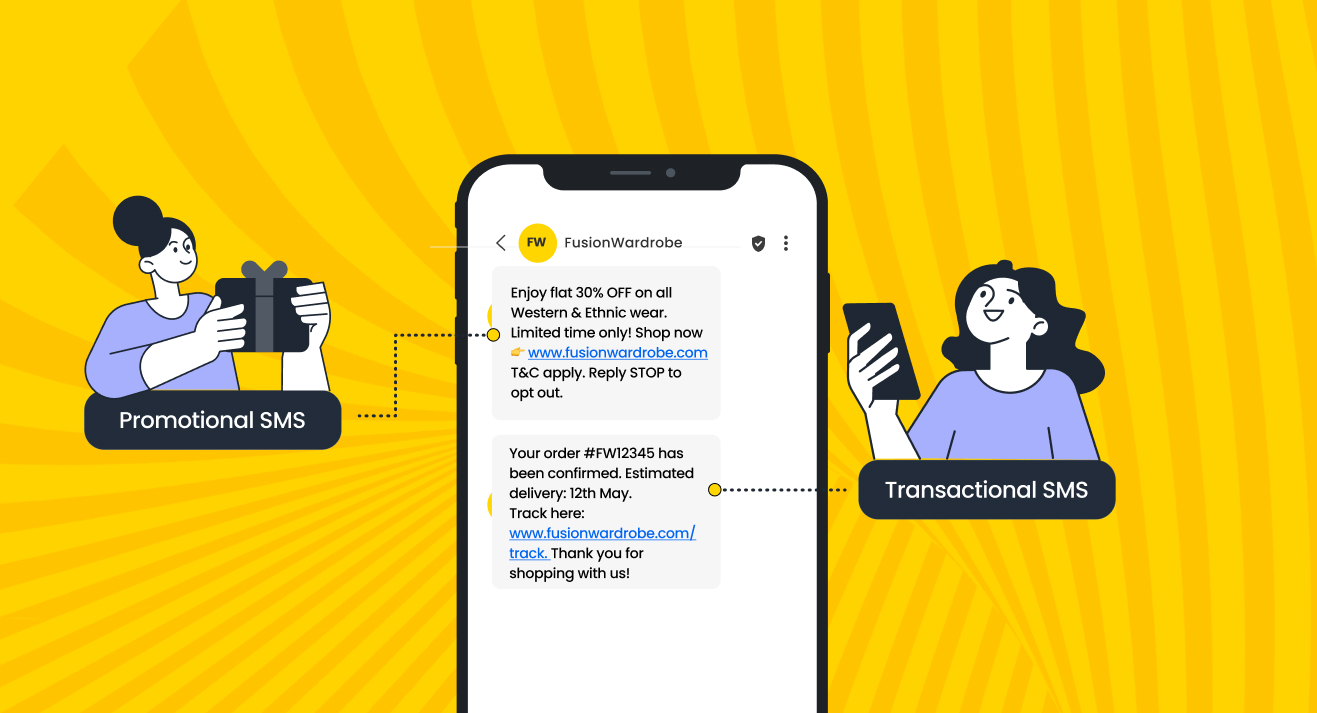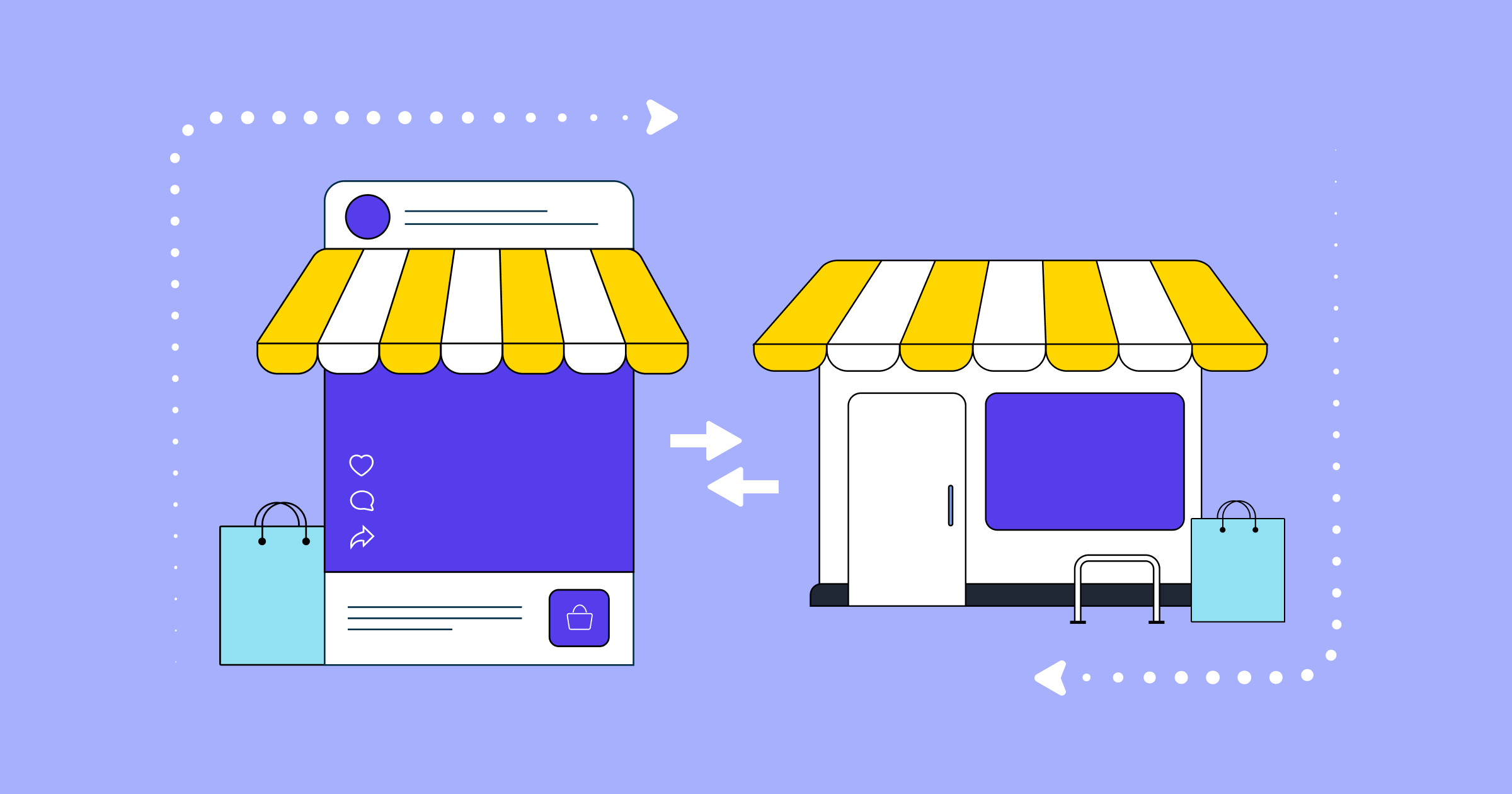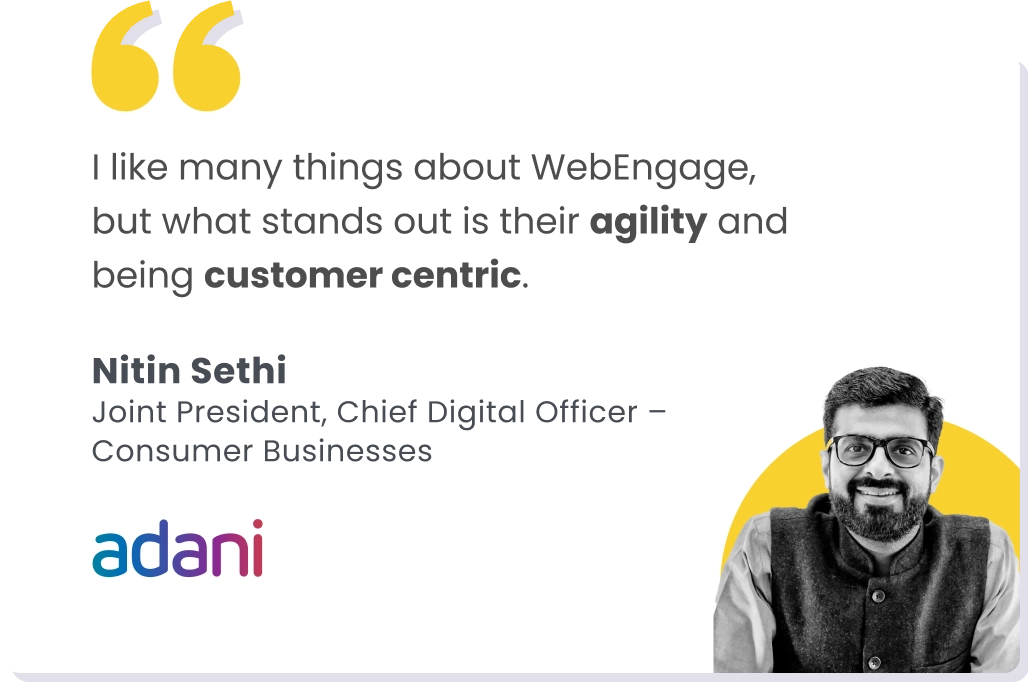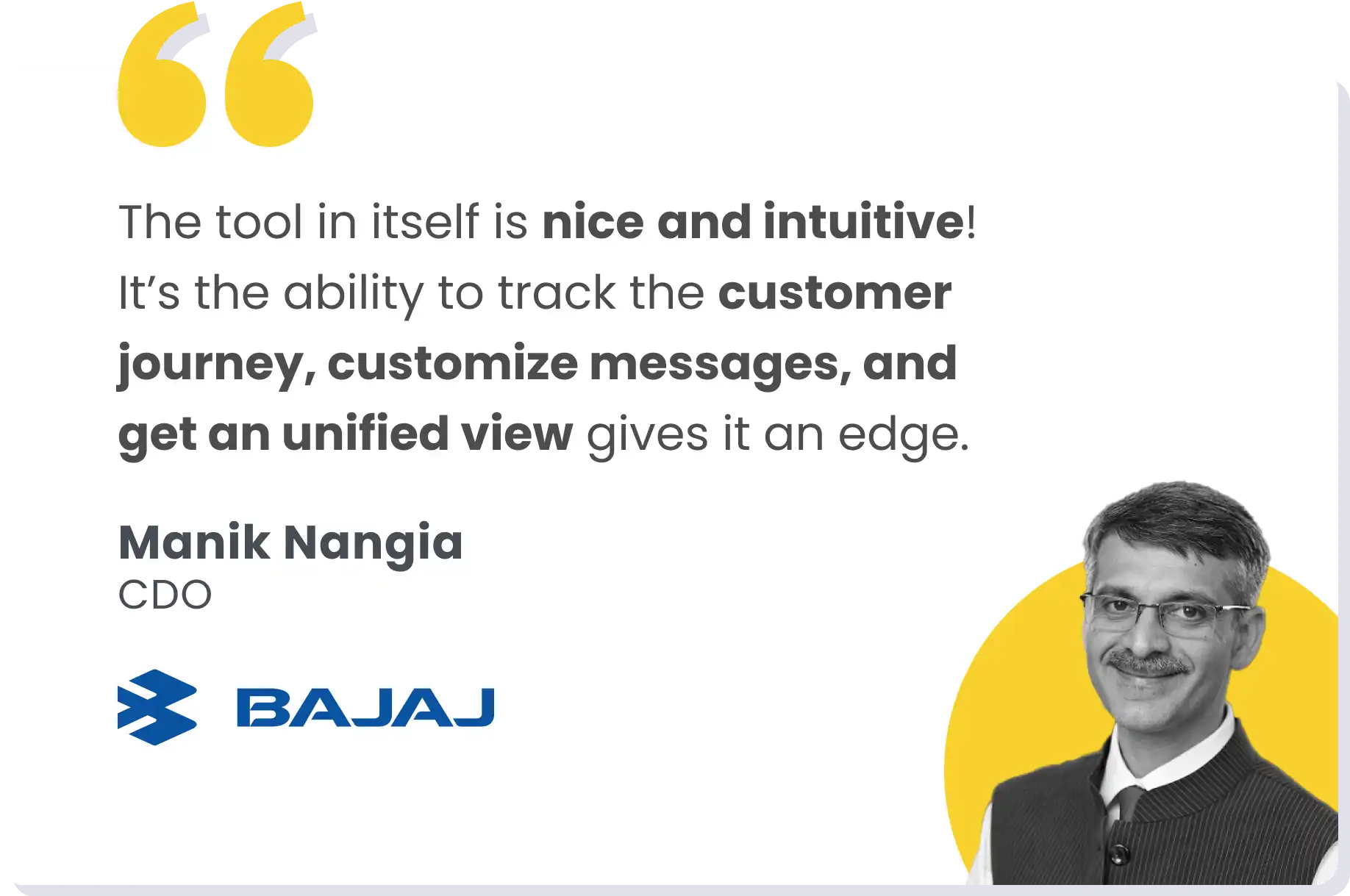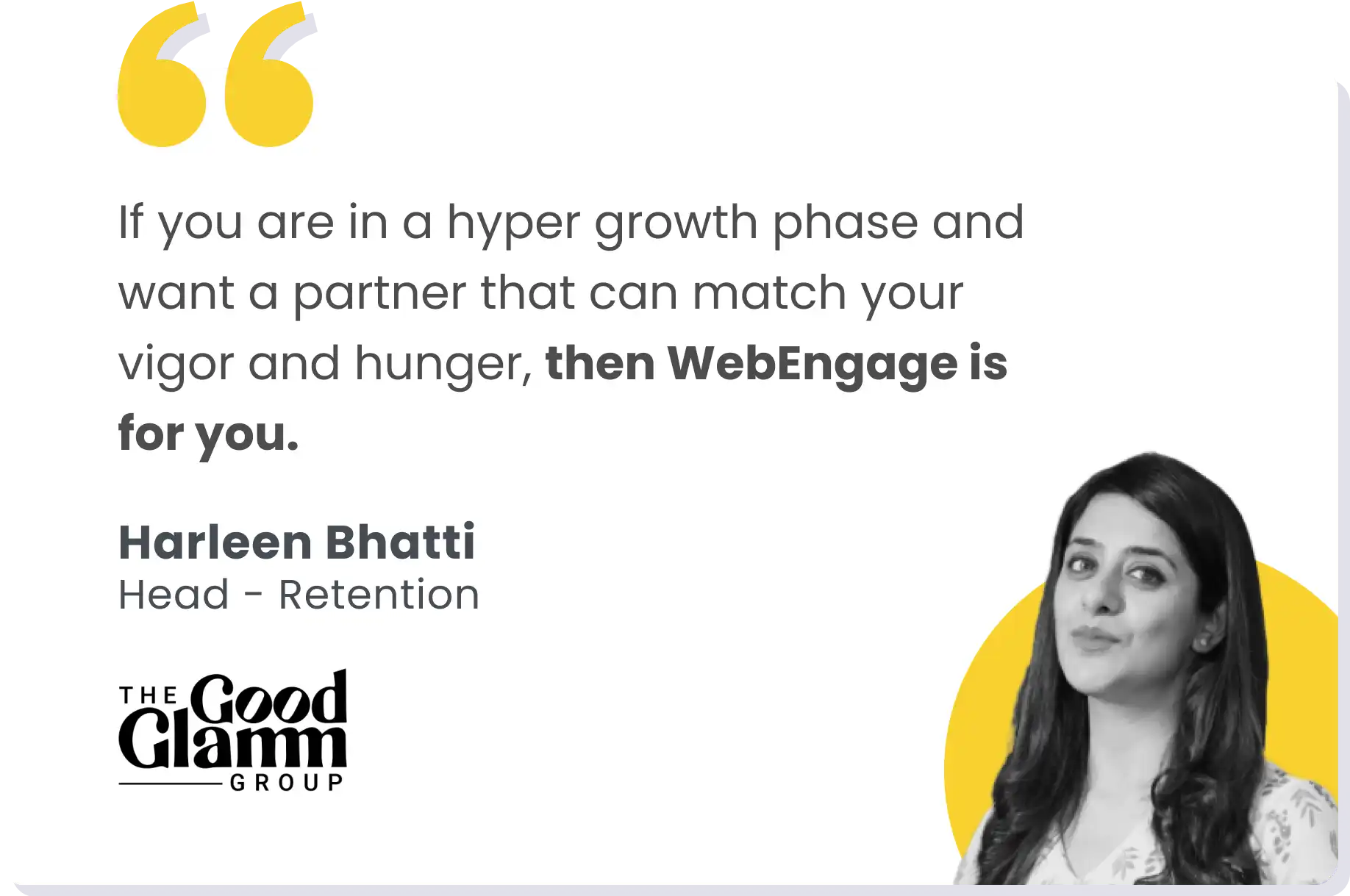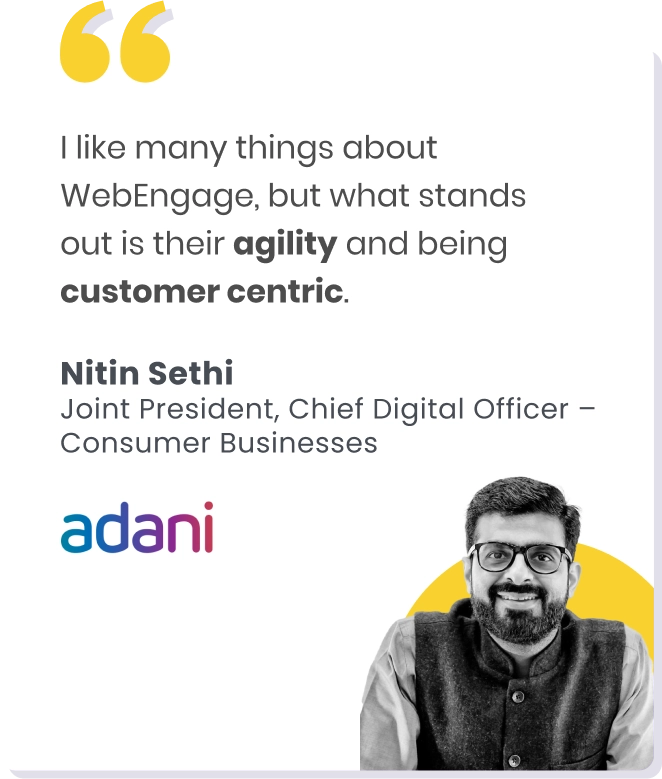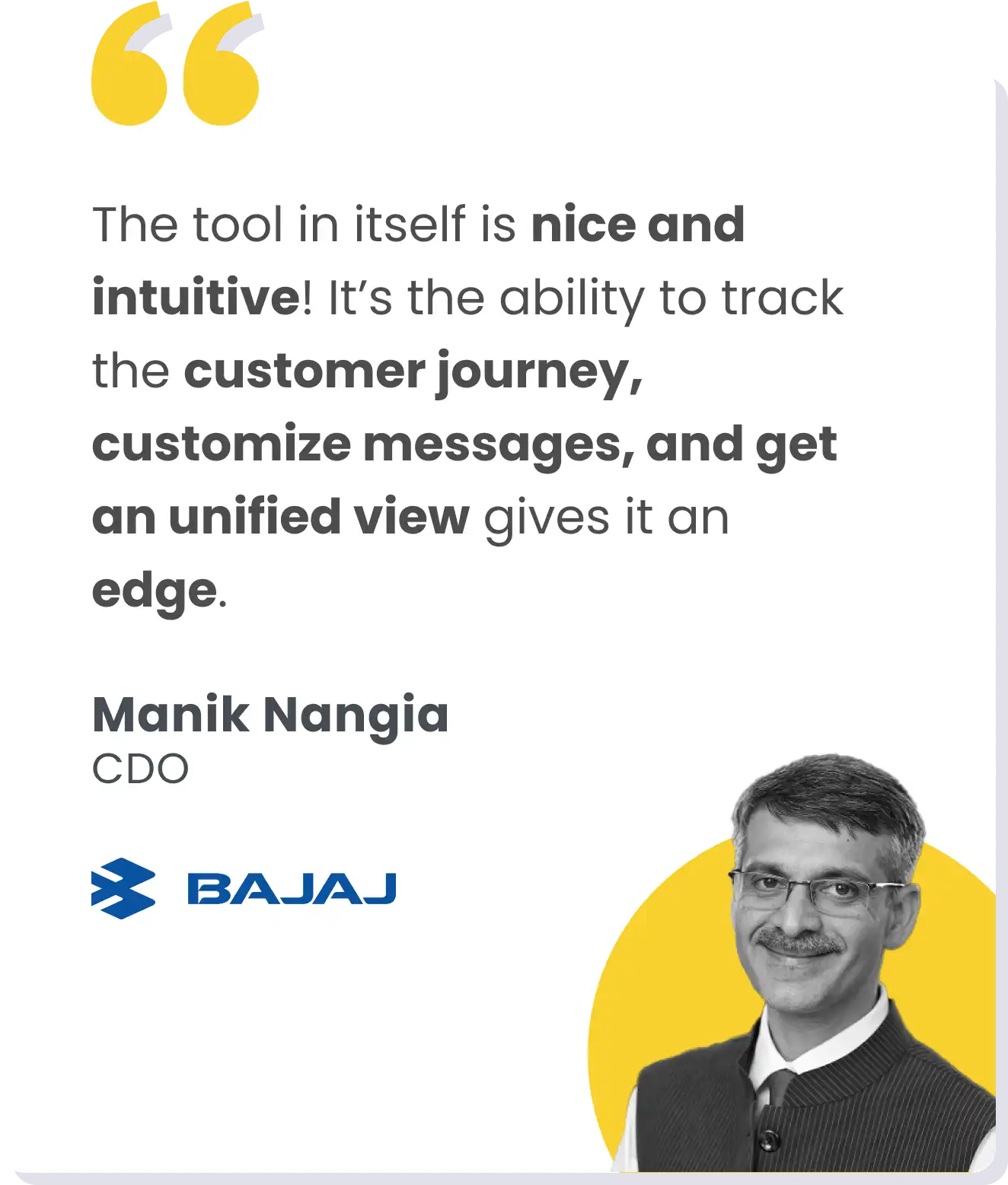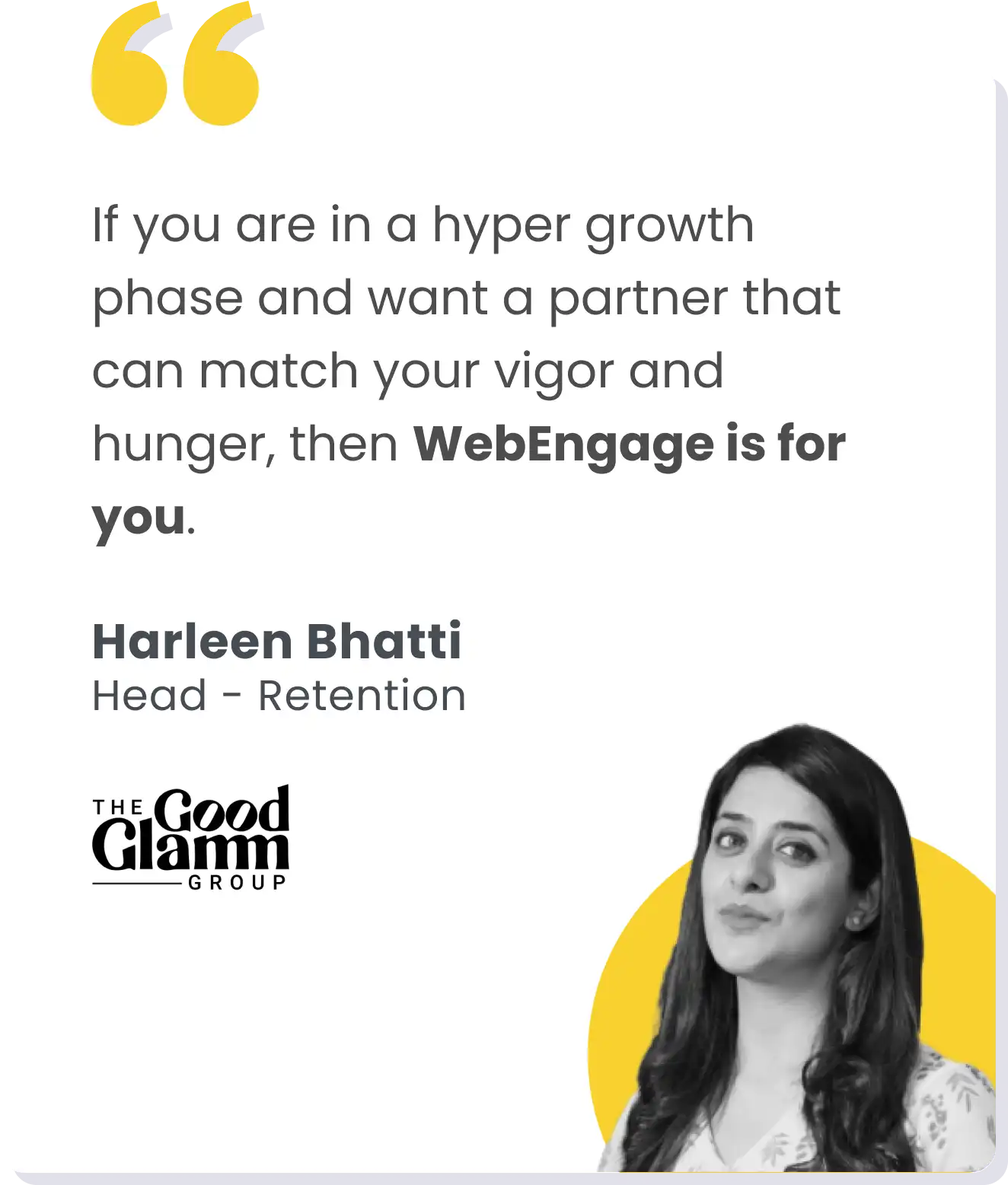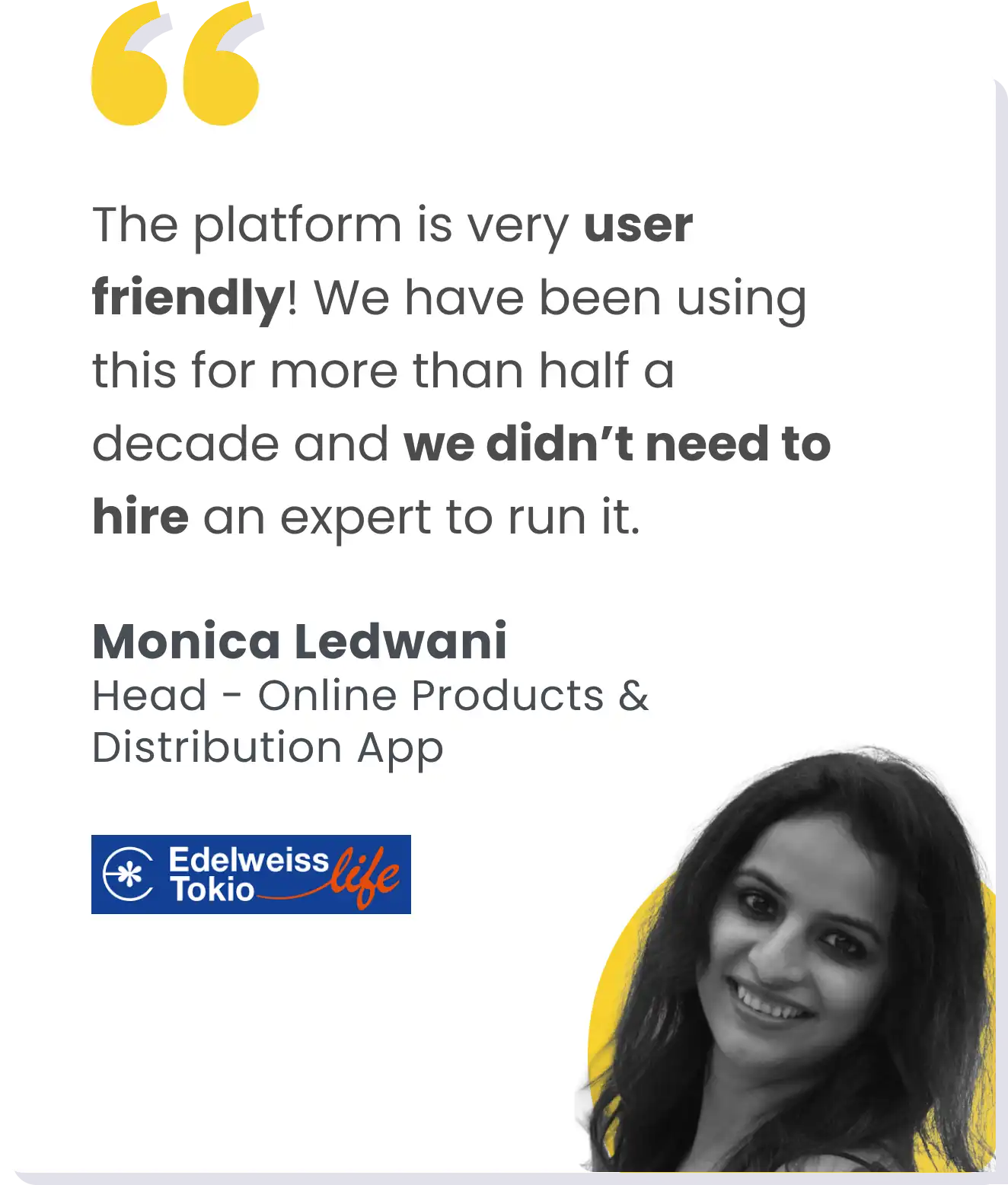You’re using your CDP like a Ferrari to deliver pizza.
Most teams are still stuck pushing emails and retargeting ads, while a handful of companies are using the same infrastructure to reduce fraud losses, forecast inventory demand, and drive margin growth. The gap isn’t just capability—it’s execution. And the sooner you see the iceberg below the surface, the faster you’ll close that gap.
The Disconnect: Why Your Data Lake Became a Swamp
CDPs were built for activation. Data lakes were built for storage. The trouble begins when teams try to force real-time decisions from batch-processed lake data—or expect CDPs to solve foundational data modeling issues.
Here’s what’s happening in most companies:
- According to Tealium’s 2025 State of the CDP report, most enterprises struggle to sync real-time data between their data lakes and activation layers.
- CDP insights are often trapped in marketing dashboards, inaccessible to data science or ops teams.
- Engineering teams spend 30–40% of their time maintaining brittle pipelines that should’ve been abstracted long ago.
The result? Delays, silos, and squandered data potential.
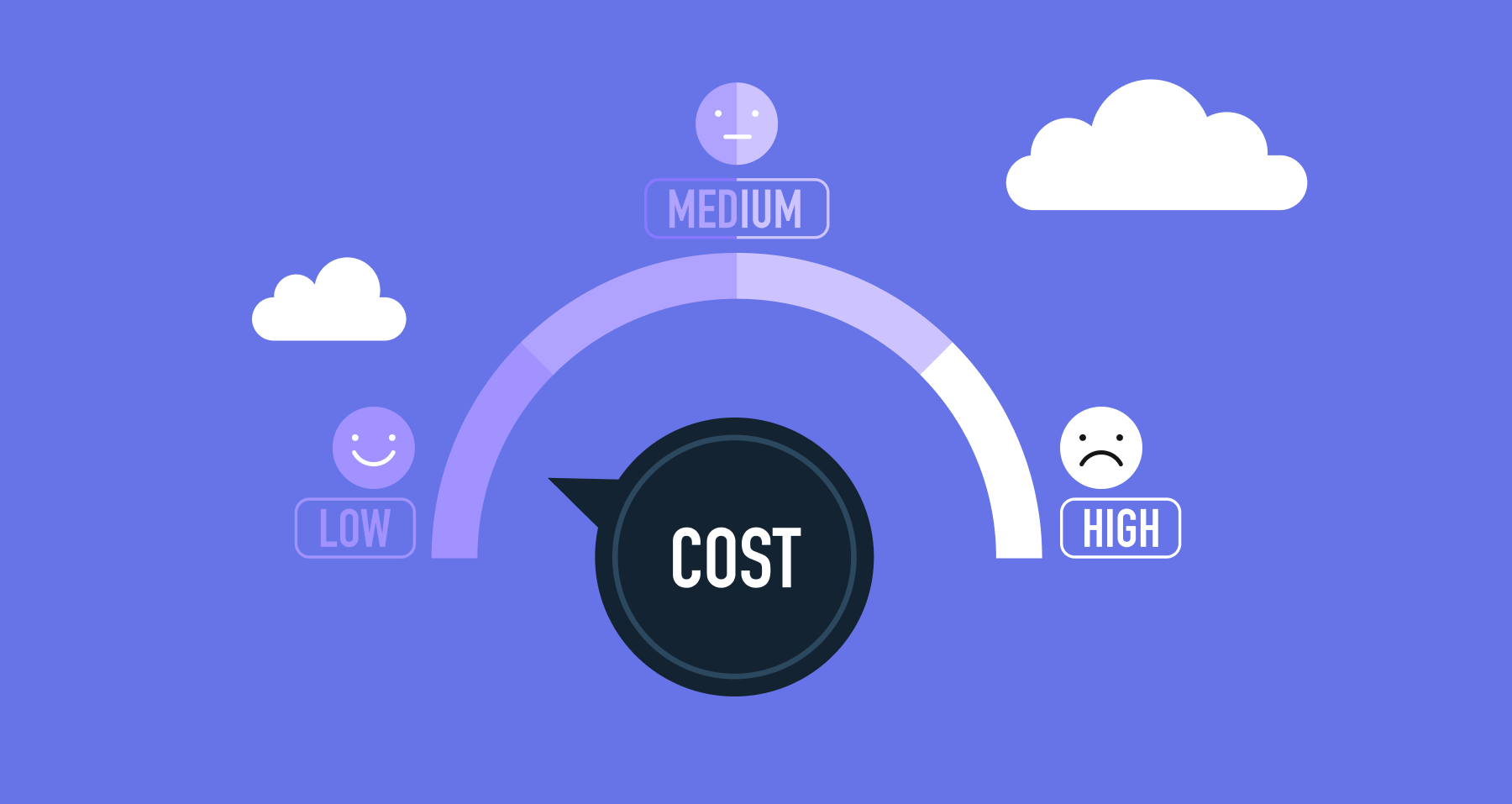
The Advanced Playbook: Use Cases You’re Probably Not Running
Revenue Ops & Pricing
- A luxury retailer used CDP behavioral scoring to hold pricing firm for premium customers while offering preemptive discounts to price-sensitive users—driving 23% margin lift.
- A SaaS brand used usage patterns to preemptively recommend plan upgrades, generating $4.2M in upsell revenue.
Inventory & Capacity Forecasting
- A European retail chain mapped online interest to in-store visits, saving €2.3M annually in inventory placement errors.
- A national retailer used CDP data to forecast footfall and staff stores accordingly, saving $2M in overstaffing costs.
Support & Ops Efficiency
- A telecom player used usage + friction signals to proactively deflect support calls, reducing costs by 30%.
- A fintech brand redirected ad spend toward partner-acquired customers after discovering 40% higher LTV in that segment.
Product & R&D
- A project management SaaS learned that early mobile adoption = 60% better retention. They doubled down on mobile onboarding—25% overall retention gain.
- An ecom player found that product video viewers were 3x more likely to convert. After redesigning the experience, conversion rates rose 22%.
Risk & Fraud
- A bank cut fraud losses by 35% using behavioral anomaly detection.
- A lender layered CDP behavior data onto FICO scoring, improving accuracy by 28%.
Channels & Partnerships
- An insurer reweighted broker commissions after identifying 50% higher LTV from top-performing partners.
- A telecom provider mapped channel preference to route high-value users to premium service, improving satisfaction while reducing costs by 18%.
Note: ROI numbers are directional summaries of benchmarked use cases or anonymized case studies.
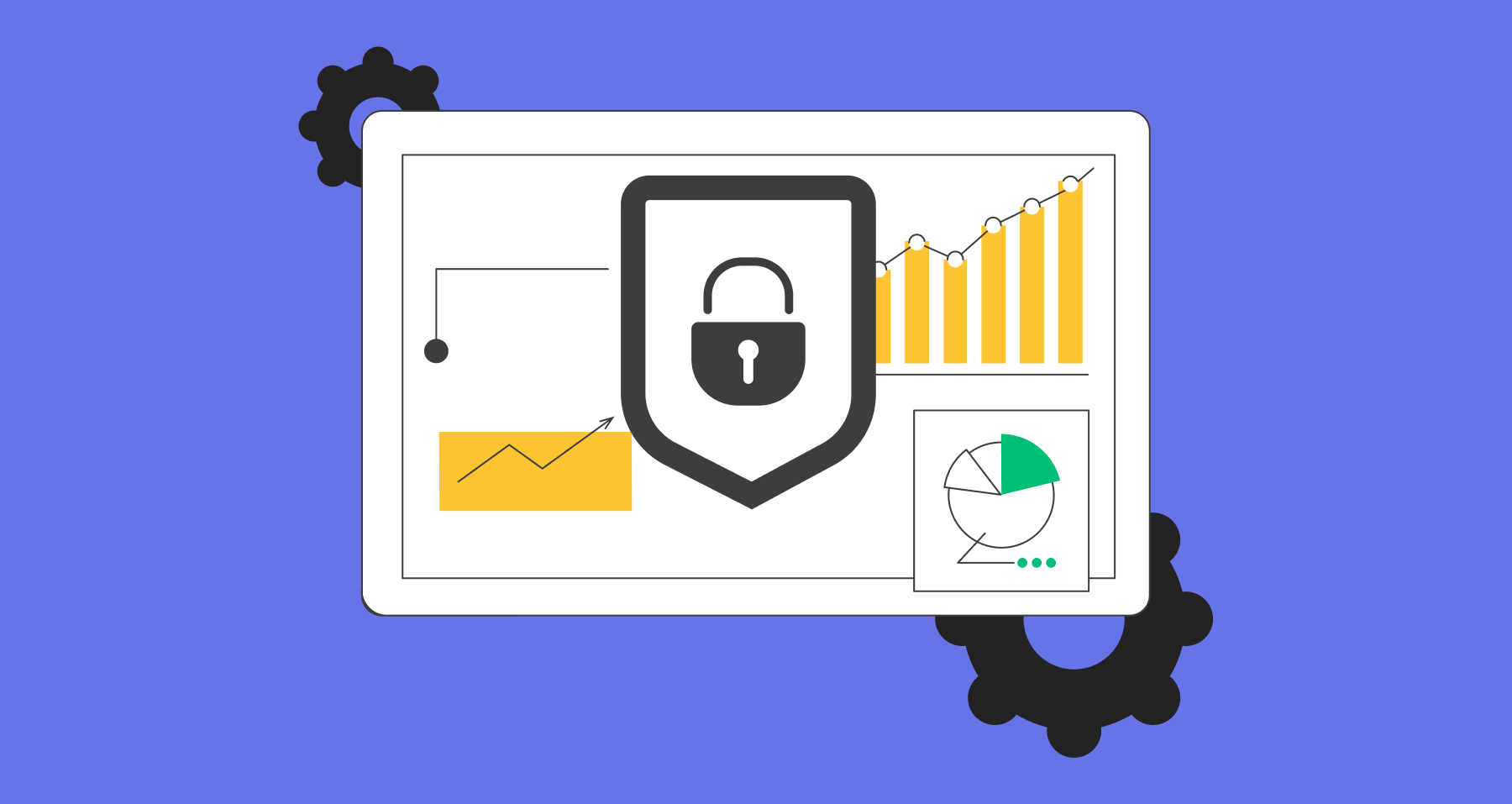
What Enables This: Modern, Composable Architectures
The top performers aren’t running legacy CDPs. They’ve adopted composable architectures that:
- Layer real-time CDPs on top of data lakes
- Keep data ownership in-house
- Separate ingestion from decisioning for performance and scalability
Take WebEngage CDPx—it integrates with your stack, not replaces it. CDPx processes events in real-time (sub-50ms latency) and supports entity-level modeling (users + policies + agents + orders). You keep your warehouse. You get orchestration.
Infra That Scales (Without Surprise Bills)
High-performance CDPs now operate with:
- <100ms personalization response times
- <2s segment query latency
- Infrastructure costs optimized under $2K–$5K/month (for 10M+ events/hour)
This includes precomputed segments, intelligent caching, and region-aware load balancing. Teams hitting 50M+ monthly events can realize $500K+ in annual savings—if they have the engineering maturity to maintain custom or hybrid systems.
Security & Compliance: Handled at the Infra Layer
Advanced CDP stacks like CDPx are built for:
- Real-time PII encryption
- Multi-region data residency
- Audit trails for SOX/GDPR
- Zero-trust access models
“Most organizations are sitting on goldmines of customer data, but they’re using them like spreadsheets—tracking behavior, not acting on it. The real unlock comes when you treat your CDP not as a marketing tool, but as a real-time decisioning engine for the entire business.”
— Abhijat Shukla, VP – Data Science, WebEngage
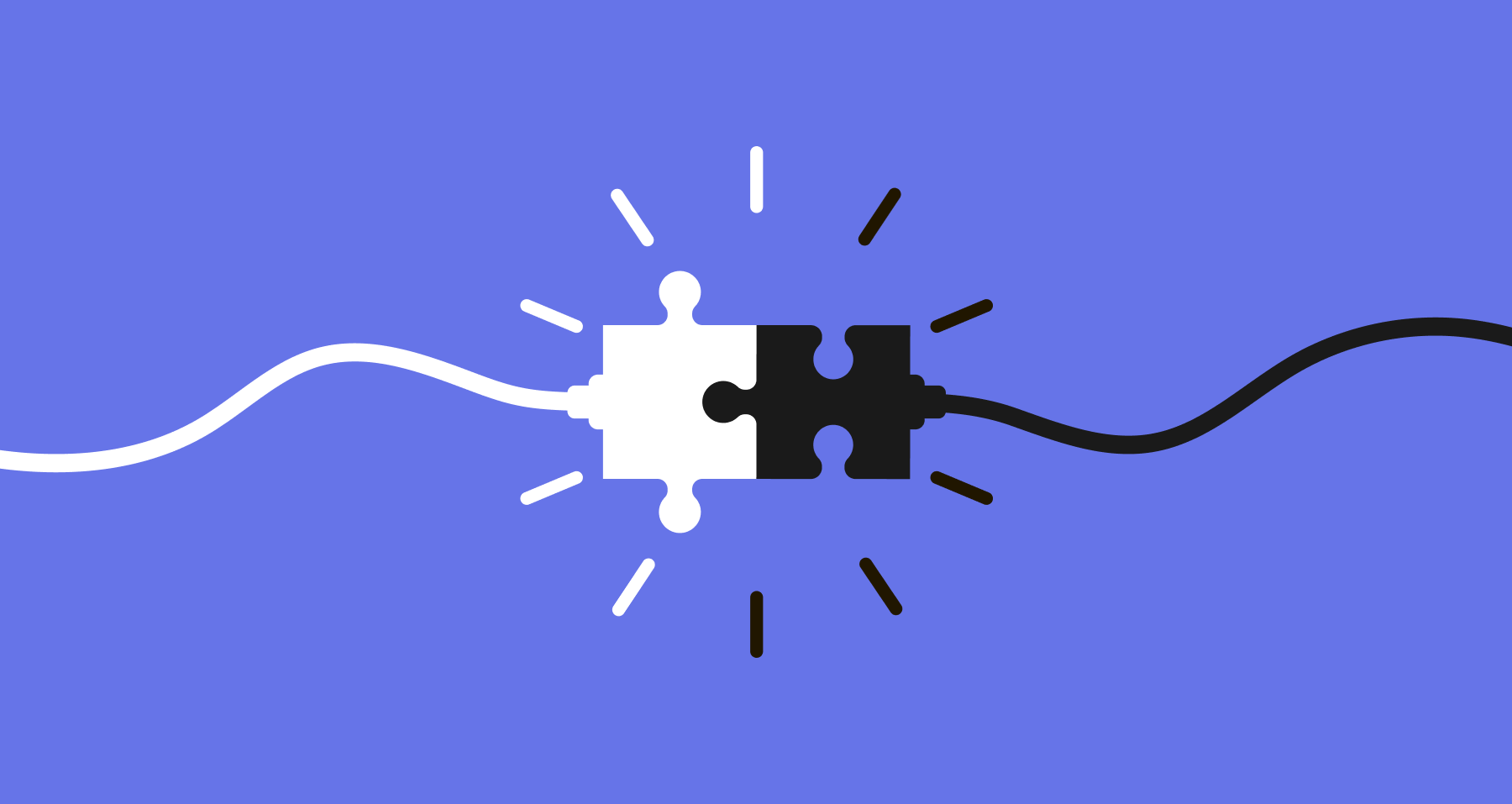
90-Day Plan: How to Get There
Days 1–30: Foundation
- Audit architecture + integration points
- Define 3 priority use cases
- Set performance targets (latency, scale, cost)
Days 31–60: Deploy
- Layer a composable CDP like WebEngage CDPx over your existing lake
- Set up ingestion + decisioning separation
- Secure infra, PII, and alerting
Days 61–90: Activate & Optimize
- Launch your first few intelligent journeys
- Optimize query performance + response times
- Expand to cross-functional teams (product, risk, ops)
The Gap Is Widening
While most teams are still A/B testing subject lines, top performers are running churn models, adjusting inventory in real-time, and redirecting millions in budget based on CDP insights.
You don’t need a new platform. You need a new approach.
CDP 1.0 was for marketers. CDP 2.0 is for the business.
The infrastructure’s ready. The data is waiting.
Your move.
~ With contributions from Abhijat Shukla, VP – Data Consulting Services, WebEngage.
Sources:
https://tealium.com/resource/whitepaper/2025-state-of-the-cdp/
https://tealium.com/resource/analyst-report/gartner-magic-quadrant/
https://segment.com/resources/reports/state-of-cdp/




